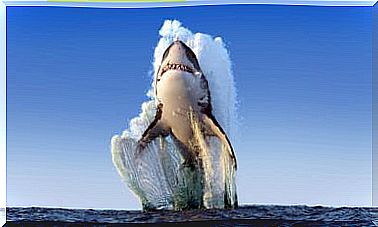8 Endangered Mammals
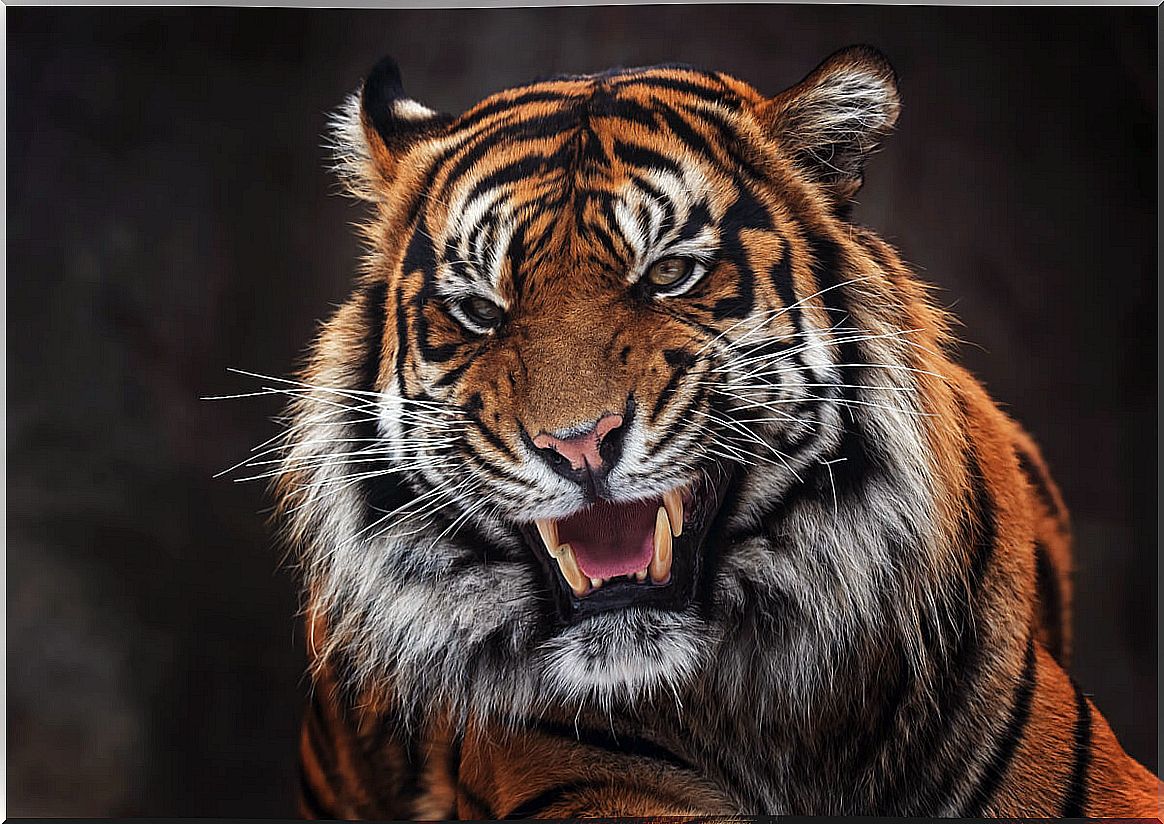
There are several reasons why the numbers of extinct animals increase day by day. Among the different animal species, 36% of mammals are in danger of extinction due to species trafficking, poaching or the fragmentation of their ecosystems. The rest of the biological taxa do not follow a much better rate.
We are in the most worrying period in history in terms of loss of diversity. Several scientists have called this stage the Holocene mass extinction , since the loss of species is 100 to 1000 times faster than expected. Here are some of the endangered mammals.
1. Black rhinoceros (Diceros bicornis)
This animal hails from the African savannas and has historically been threatened by poachers, who go after its horns. Despite being a protected species, in 2020 there were 3,142 specimens left worldwide and its conservation status according to the International Union for Conservation of Nature – IUCN for its acronym in English – is “Critically Endangered (CR)”.
The black rhino is characterized by its large size and its particular dark gray color. Its diet is based on shrubs and small trees, which the adult specimens can reach without effort. This species differs from the white rhino in its color and in its mouth, since the black rhino is shaped like a prehensile beak, ideal for its type of diet.

2. Sumatran tiger (Panthera tigris sumatrae)
Another mammal in danger of extinction is the Sumatran tiger, a large cat that since 2008 has been in “Critically Endangered” status. The causes of its population decline are poaching for the trade in its skins and the fragmentation of its natural habitat, a situation that forces this feline to confine itself in reduced areas.
Physically, it is observed that their fur is darker than that of the other species of tiger. It also has narrower lines and is considered the smallest of the tigers, as its length does not exceed 2.5 meters. Among his skills are hunting and his ability to swim in the small rivers and ponds of the island of Sumatra in Indonesia, his natural habitat.

3. Pangolin (Manis)
The peanuts or pangolins – as they are popularly known – are a genus of mammals in which currently 2 of its 4 species are critically endangered. This small animal is associated with the armadillo for its ability to wrap itself around itself to protect itself from predators in Africa and Asia, the habitats to which its population has been reduced.
The pangolin is an insectivorous mammal that does not pose any danger to humans. However, it is the most trafficked animal worldwide because its meat is highly valued in the Asian market and its scales are used to alleviate ailments – such as arthritis or asthma – in traditional medicine.
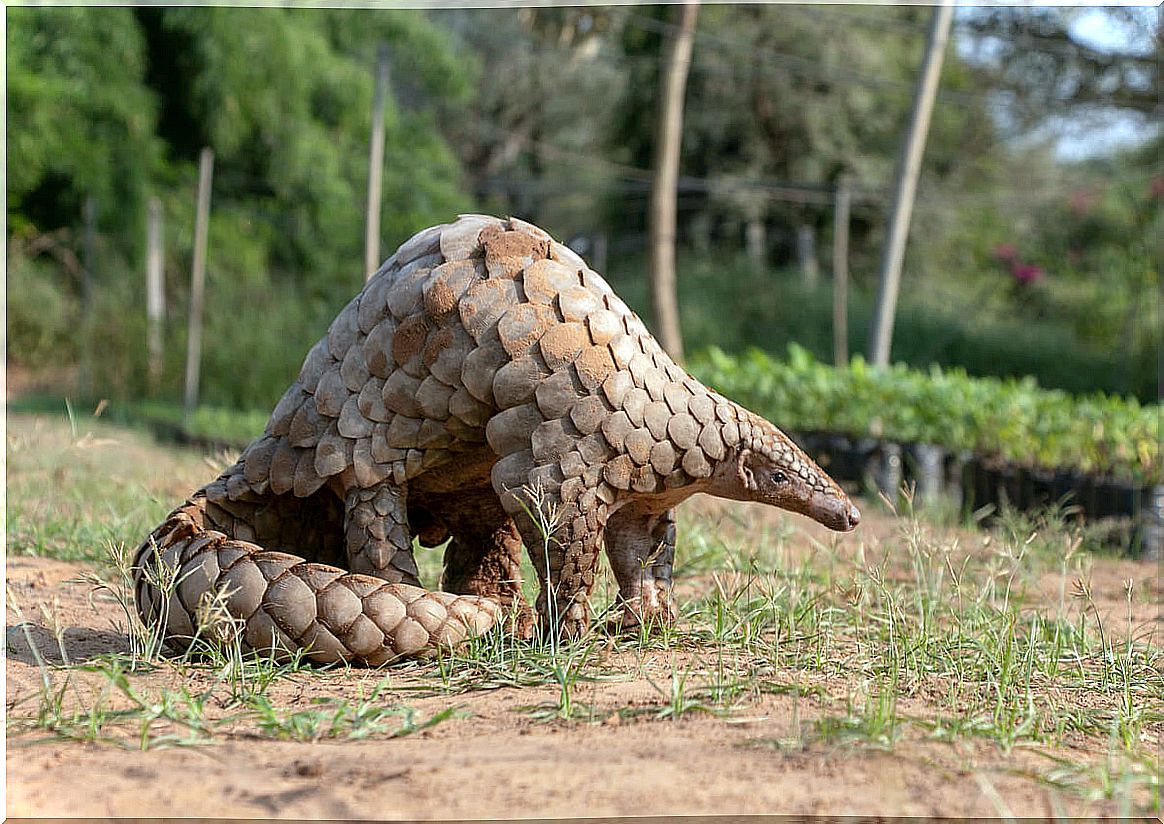
4. Mountain gorilla (Gorilla beringei beringei)
Gorillas are other mammals that are threatened, in this case by deforestation, poaching, and human disease. The western lowland gorilla and the mountain gorilla are 2 of the 4 gorilla subspecies that are most threatened. In 2018, there were 600 specimens of this species and according to the IUCN its status is “Endangered (EN)”.
Mountain gorillas are protected in different reserves in central Africa and their social organization is just one of their most curious aspects. It has been observed that a single male can live with several females, although there are usually more males in the same community.
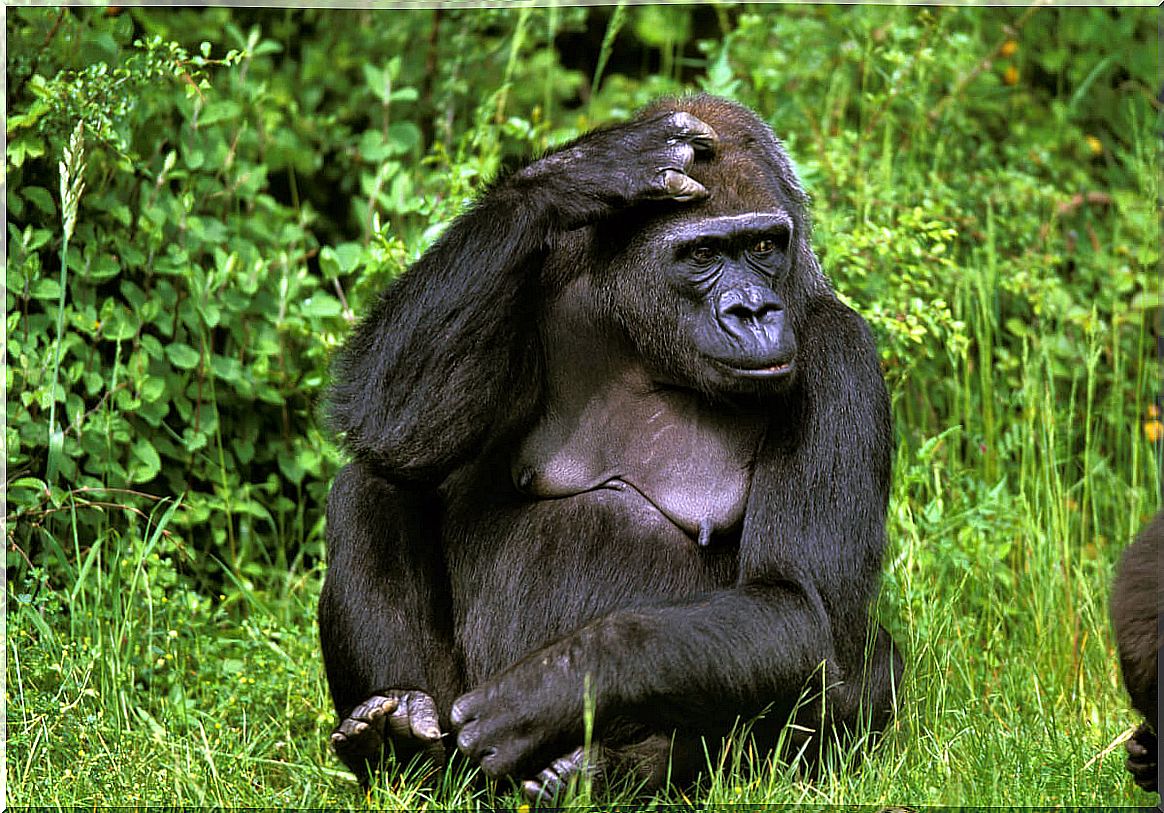
5. Pygmy hippo (Choeropsis liberiensis)
This species of hippopotamus is endemic to Africa, specifically Liberia, Nigeria and the Ivory Coast, where marshes abound. It is a semi-aquatic mammal that, unlike the common hippopotamus, prefers to live alone or in pairs. Both go into the nearby forests at night to feed, because during the day they remain in the water to regulate its temperature.
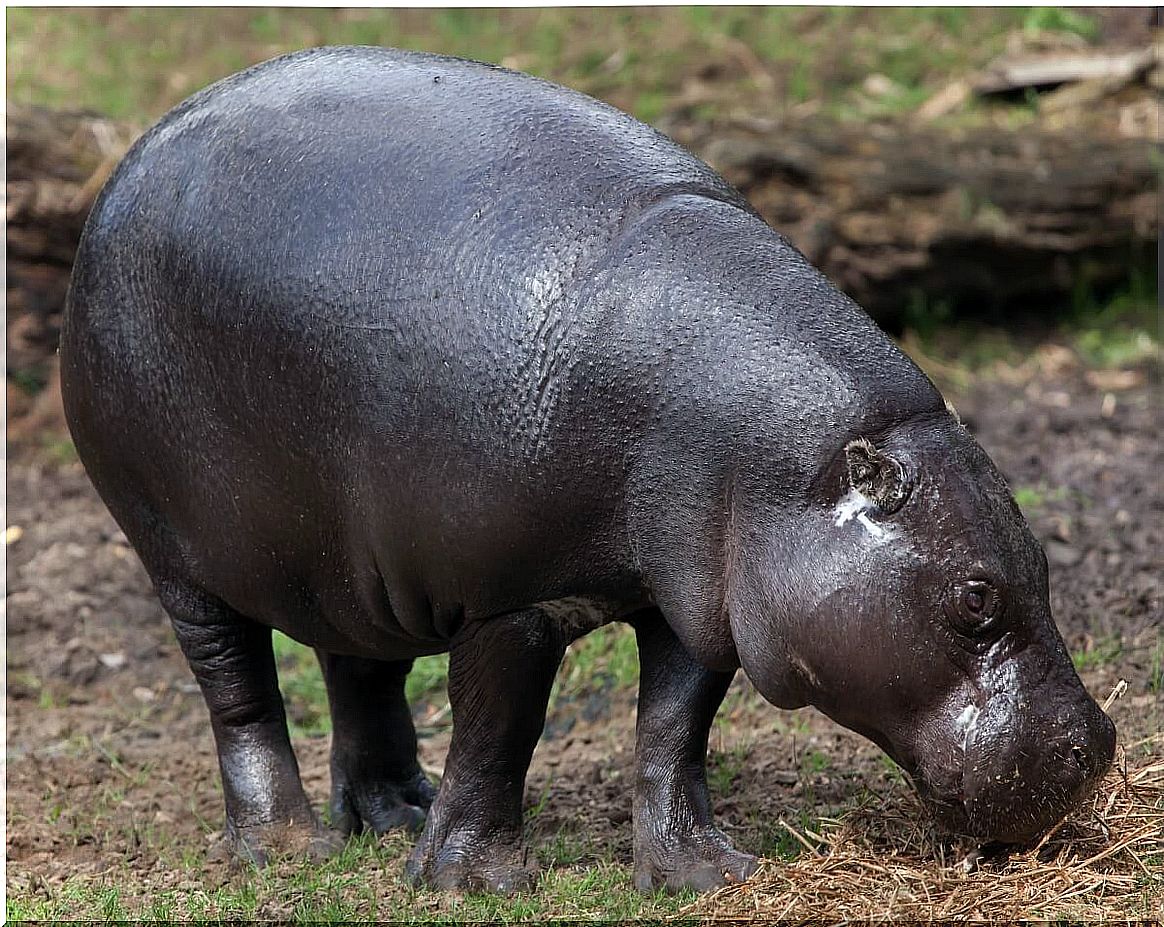
Mammals in extinction in Spain
Like any other country, Spain is no stranger to the possible extinction of various animal species. In the case of mammals, pollution and hunting are only two of the causes that threaten their lives. Consequently, the environmental and animal rights movements have fought for the legislation to be more severe with the crimes that threaten biological conservation.
6. Brown bear (Ursus arctos)
The brown bear has its habitat in Spain —in the Pyrenees— and in the Cantabrian Mountains. Although some investigations and state efforts have managed to increase their number, currently in the Pyrenees there are about 50 specimens. However, recovery programs have moved the species from the “Endangered” listing to “Least Concern”.
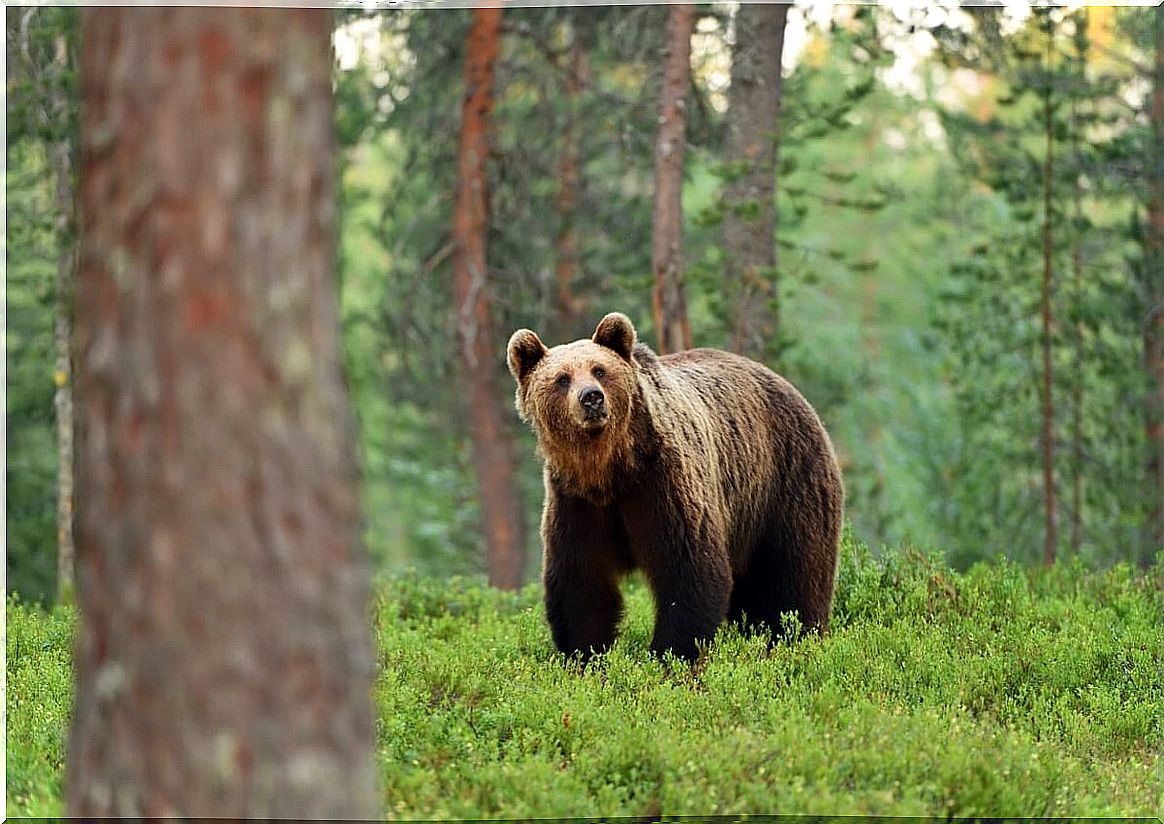
7. Iberian wolf ( Canis lupus signatus )
The conservation of the Iberian wolf is a constant struggle in Spain. Several decades ago, this canid had a presence throughout the Iberian Peninsula, while today there are only 2,000 specimens north and south of the Duero. Consequently, it is listed as a “Vulnerable (VU)” species. Unfortunately, specimens are still hunted in some areas.
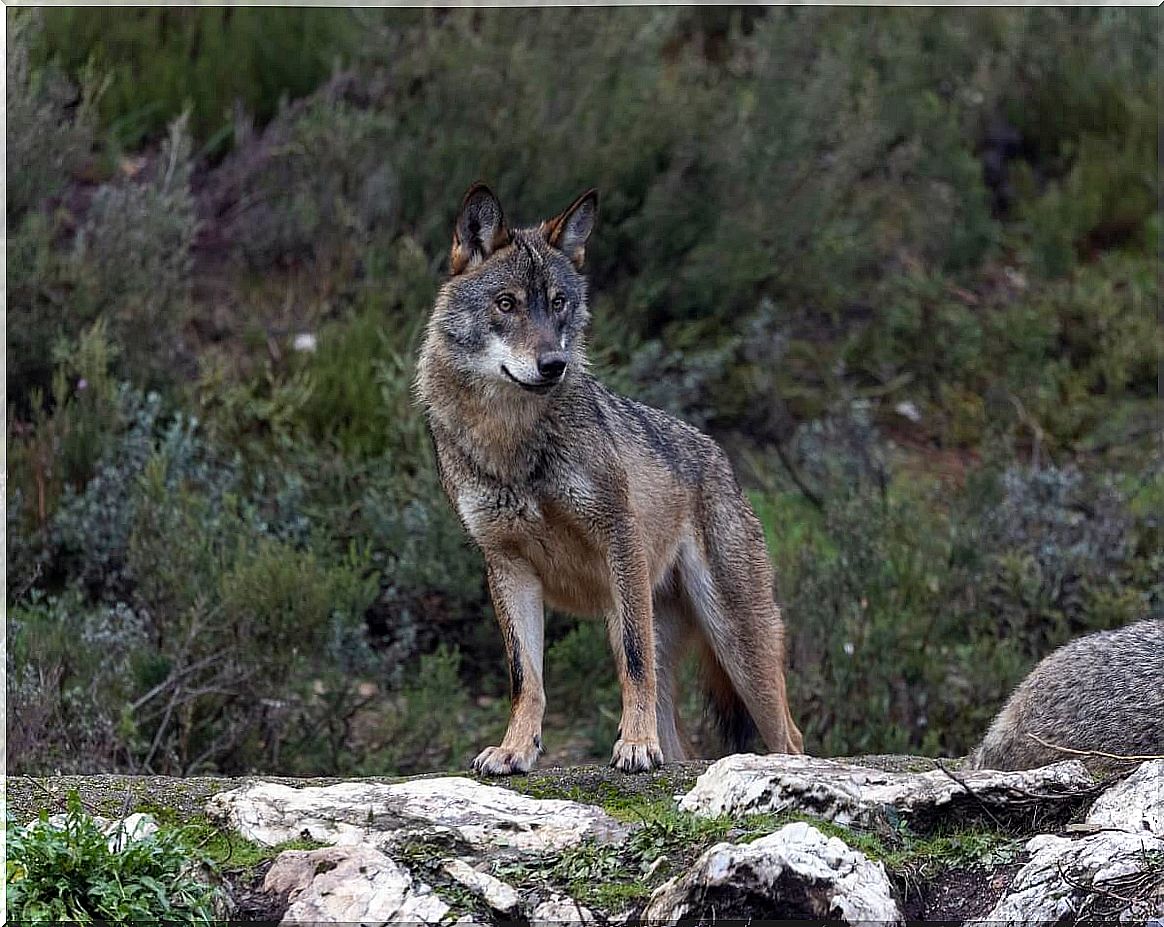
8. Iberian l ince (Linx pardinus)
The Iberian lynx – a unique species in the world – is another mammal in danger of extinction due to the destruction of its habitat, car accidents, lack of food and hunting. It is classified as a species “In danger of extinction” and in the territories of Sierra Morena, Doñana and the mountains of Toledo it moves freely, although with a precarious food related to the rabbit population.
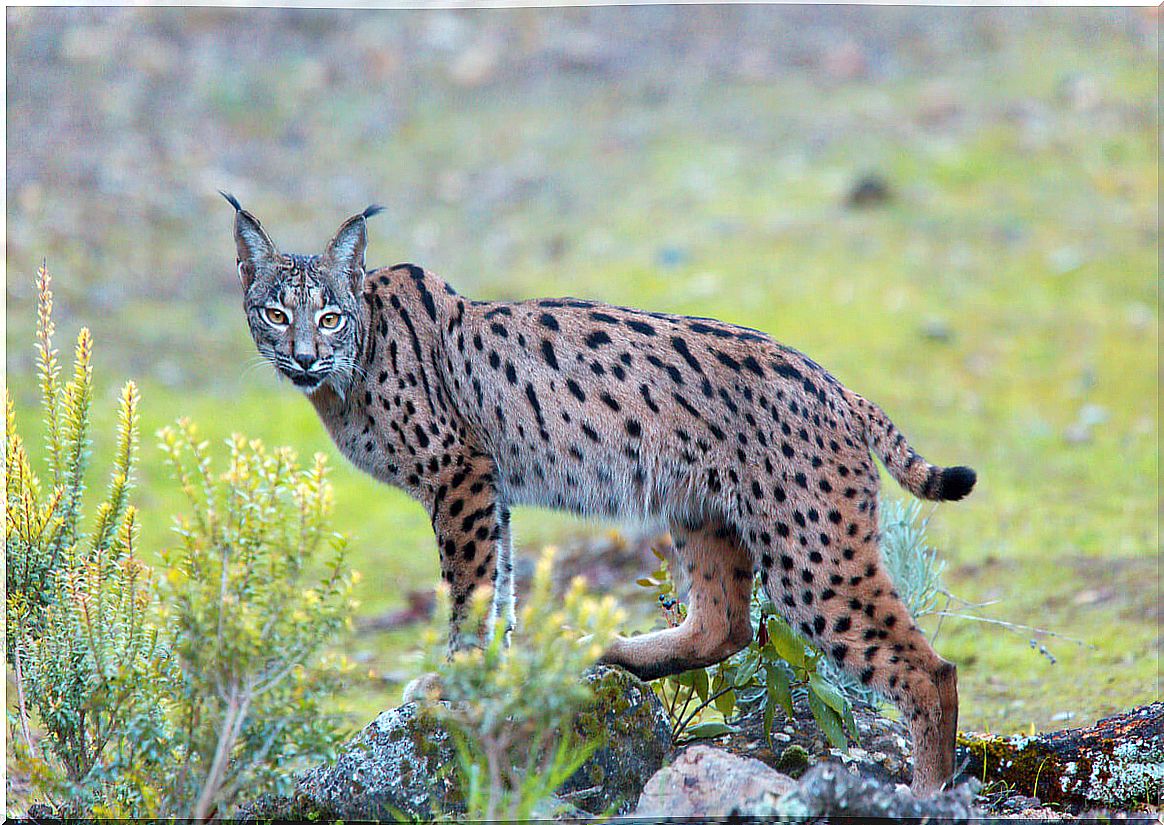
As you appreciated, many mammals are currently facing possible extinction. Most of the triggers of these declines are the responsibility of the human being, so it is the task of man to fight to remedy the damages against these animals, which in their natural habitat do not represent any danger.


